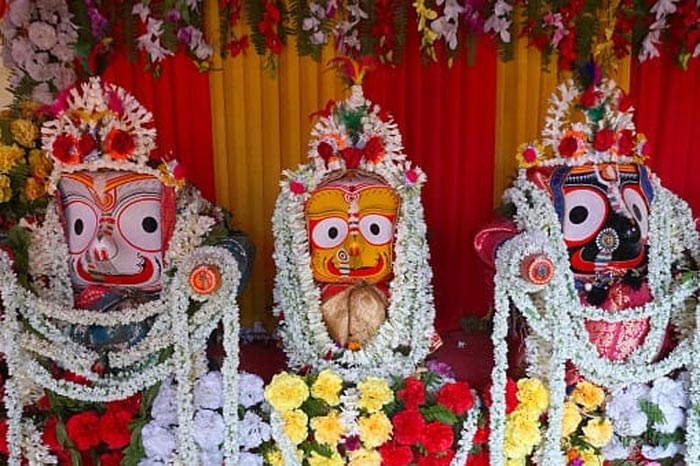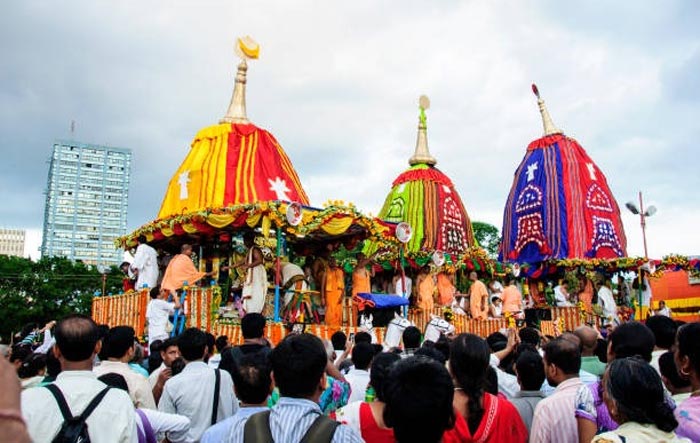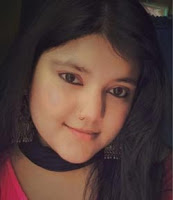The Rath Yatra, also known as the festival of chariots, is observed by followers of the Hindu deity Lord Krishna. Hinduism and the manner the Gods are worshipped are fascinating since the Gods can take on several forms based on the emotion being shown or even the region of the nation. The Rath Yatra is a religious celebration that shows Lord Krishna in his joyous avatar, commonly known as Jagannath.
The idol that represents this joyful state has big eyes and a rough face. During the Rath Yatra event, this manifestation of Lord Krishna is paraded through the streets on a massive chariot called a "rath" before being worshipped at a temple in the heart of Jagannath Puri. A citywide parade lasting ten days.
The idol of Jagannath is carried in a ten days procession in the city of Puri alongside the images of Lord Baladeva and Subhadra Devi, two other Hindu deities. It is said that the three gods are brothers and sisters.
The largest Rath Yatra festival is held at Puri, a city and municipality in the eastern Indian state of Odisha. In Gujarat, a state in western India, there is still another significant Rath Yatra event.
STORIES OF RATH YATRA
The narrative that explains why the Rath Yatra event occurs is told in a variety of ways. Some claim it dates back to Lord Krishna's early years, when he expressed a desire to visit his aunt's house once a year; others assert that his siblings followed him on a journey to meet the devotees and be reunited with them because he was so ecstatic upon learning that his followers were grieved by his absence; still others assert that it happens as a result of a symbolic jousting match. So, much to her dismay, he leaves his wife at home and joins the procession, showing that even the Lord struggles with marital issues. Others claim that the origins of the tradition can be found in a fable about how the idol's creator wanted to create the most spectacular idol if given time and solitude, but Lord Vishnu got impatient and left the idol unfinished, which is why it still has stumps for arms today. There are other additional origin myths as well, yet enormous numbers of Hindus join together to celebrate the event with great joy despite having different perspectives on the festival's origins. Many people gather every year to be a part of this auspicious day, where Krishna travels from one temple to another which was supposedly called as Krishna's aunt's house.
FOOD
Like with most Indian festivities, the Rath Yatra festival in Puri features some unique cuisine and regional specialties. The food is prepared in what appears to be the largest pressure cooker in the world, which was simply made by stacking big pots of food on top of one another and then steaming the food over a wood fire. Then, at the celebration, all the food is made available to everyone in the markets close to the temple where the idols have been transported.
The dish was traditionally served on a banana leaf and included "khichdi," veggies, lentils, and desserts. But now, a far wider variety of foods are offered, including dal, rice, khichdi, veggies, flatbread (chapatis), namkeen, and beverages like lassi, chaas, and jal-jeera, and served in a large steel plate usually known as thali.
TIME - WHEN DOES IT OCCUR
Contrary to the Gregorian calendar, which is based on the sun, the Hindu calendar is based on the lunar calendar. As a result, just like other Hindu holidays, this festival's exact date changes every year. The event officially kicks off on the second day of the Shukla Paksha, or waxing gibbous phase of the moon, in the lunar month of Ashadha, according to the old Odia calendar (originating from odisa).
Due to the festival's amazing display of rigour and vibrant colour, millions of Hindu devotees from all over the country and the world come to participate in it. In modern times, tourists from over the globe travel to India to see the event for themselves because it has gained worldwide fame. It goes without saying that you will experience severe pain and feel like you could die as you pull Rath's wheels with all of your might. But once it's finished, you will be born again, this time with a brand-new existence and much to live for.
By-
Sriparna Mukherjee
Amity University, Kolkata



Comments
Post a Comment